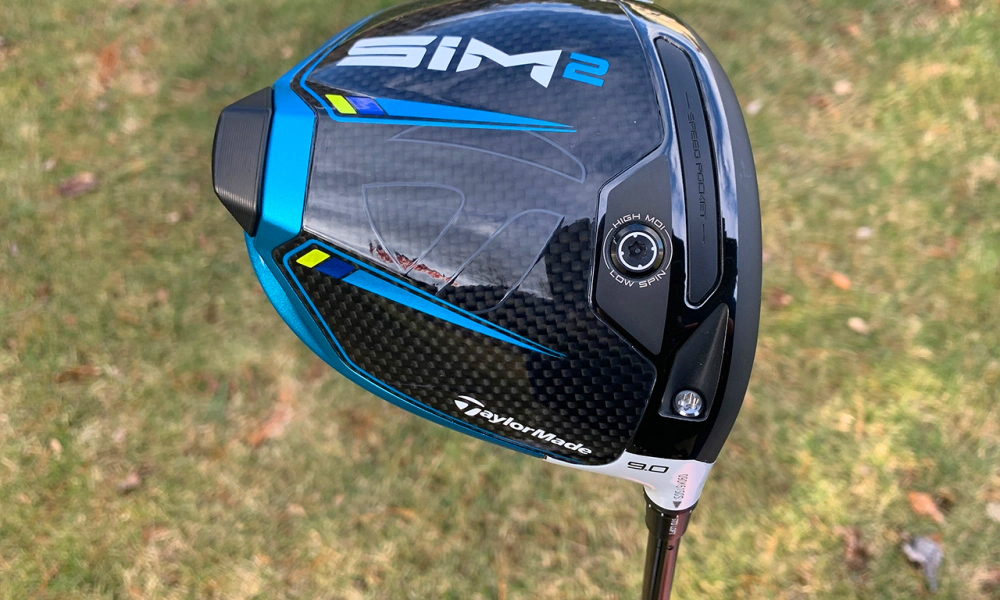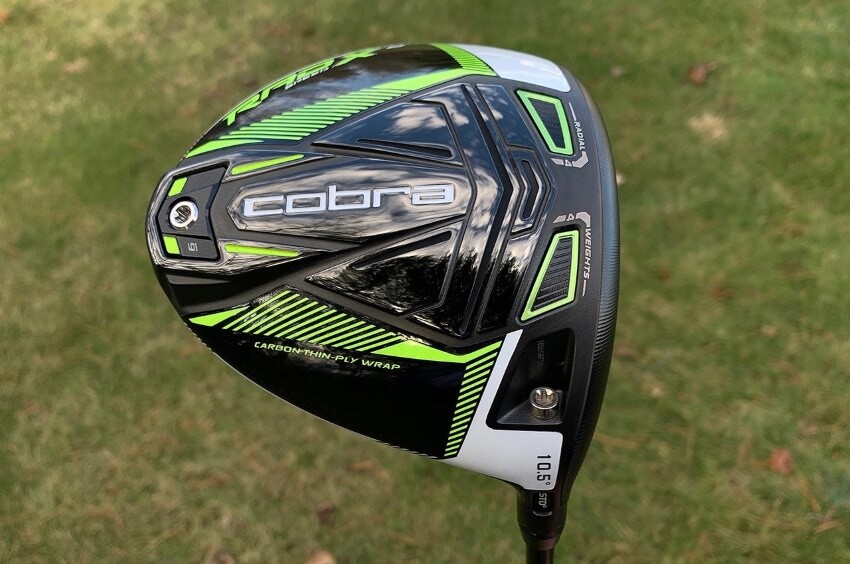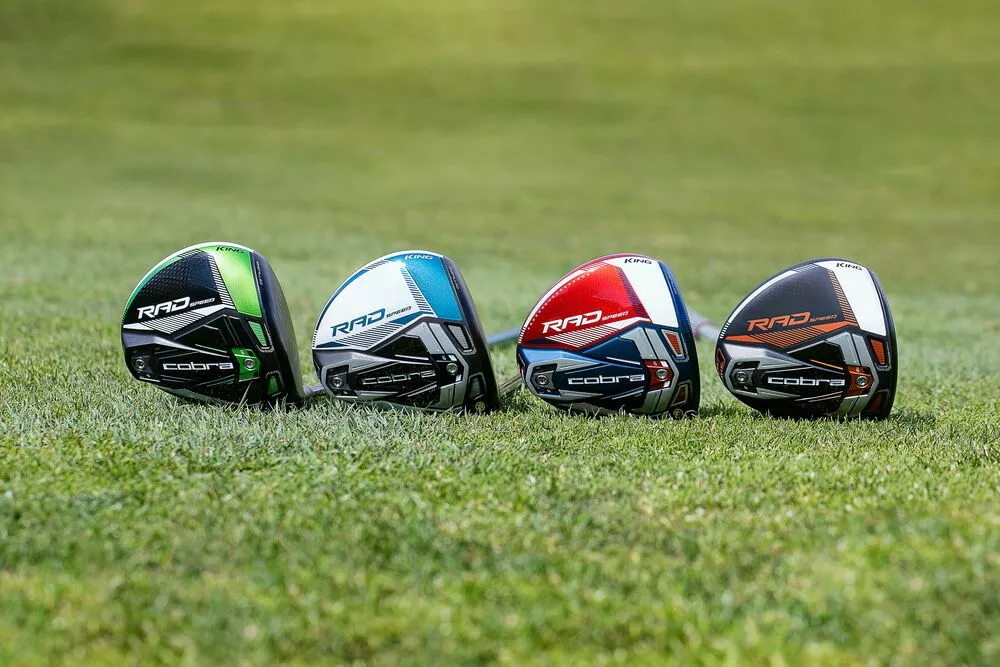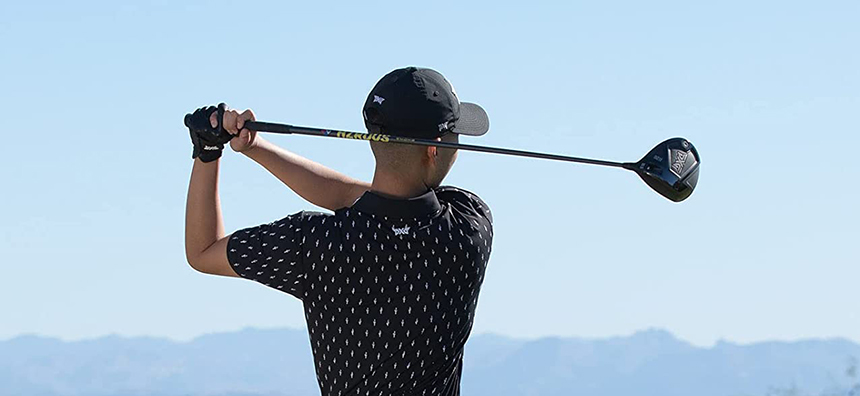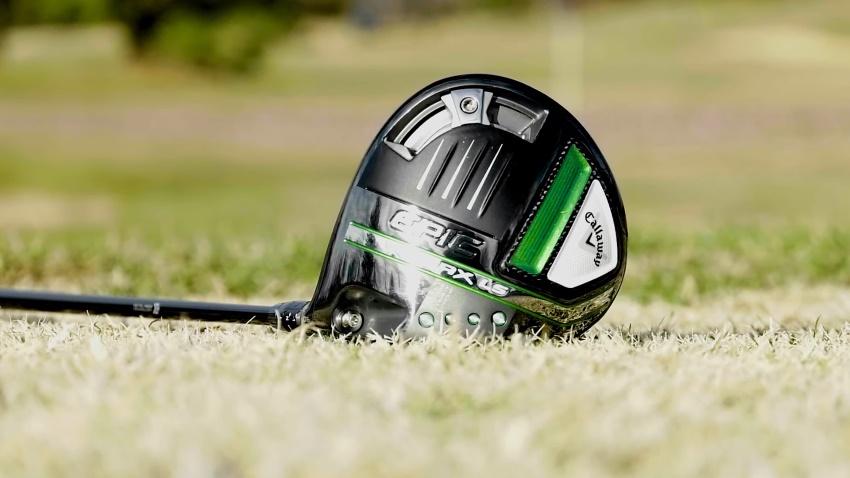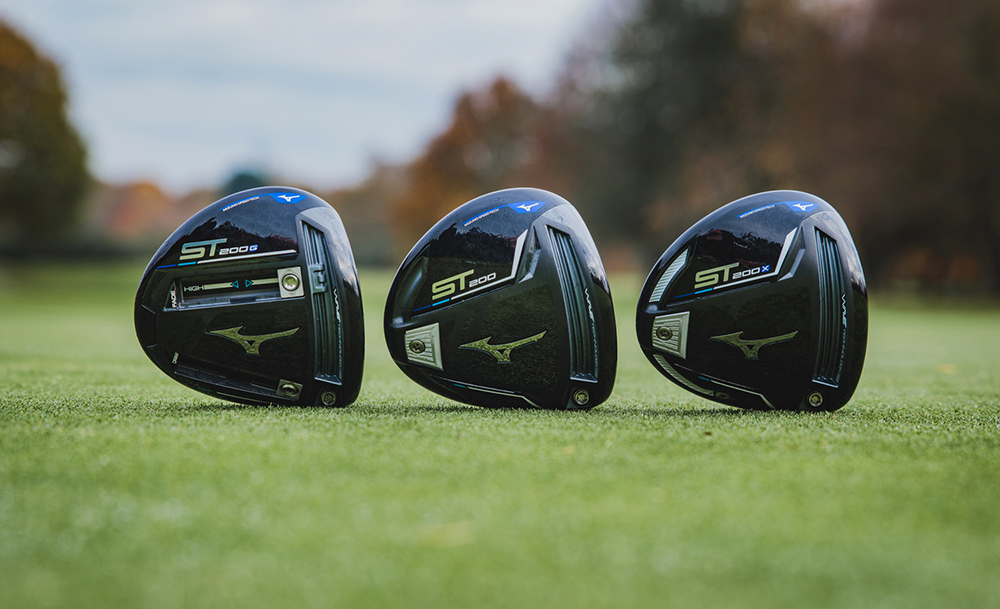
It’s almost that time of year to start thinking about getting out on the golf course – and the perfect time to consider what drivers you are going to use this year. We reviewed a few drivers for you, so you don’t need to spend all your time in the pro shop or researching tons of pages. What we found are the best drivers for under $200. Our price point is right for budget and serious golfers who want to get the most out of their game without spending all their free time money on a single club.
More features: cup face design, super lightweight, 460CC deep face, low center of gravity
Mazel earned our top spot as a driver under $200 because of its weight and ability to be a bit more forgiving with its wide head. The big “sweet spot” certainly helps new golfers and those who need a little help.
The Mazel finds a nice balance of price while maintaining the accurate and straight balls you would expect from a more expensive club. We noticed an increase in range as well, which is an impressive combination considering the price and ease of use. Our testers felt more confident using the Mazel driver – which is important in beginner and amateur golfers.
Mazel’s driver is comparable to our Premium Pick right below. The biggest difference is that the GX-7 comes with a better one-year warranty. We found that the Mazel might be easier to use for new golfers looking to develop the right muscles with a lower weight club.
More features: a custom design for mid to handicap golfers, legal for tournament play, one-year warranty
GX-7 X Metal earned the Premium Pick through its use of lightweight materials, advantages for a slower swing speed, and offering a 1-year warranty for an inexpensive club. Not every budget golf driver offers a warranty!
New golfers and those with a slower swing speed need not worry with the GX-7 X Metal. A lack of speed won’t hold back your drive distance or direction, as the weight and large head still connect well with the ball.
Designed to be hit like an iron, the GX-7 doesn’t require a sudden change in technique when transitioning from one club to the other, giving it a low learning curve.
Compared to our Editor’s pick, the GX-7 is slightly less forgiving but does offer a 1-year warranty, which is perfect for making sure the club stays in good shape long term. The Mazel is about on par with the GX-7 for swing speed needs.
More features: pine meadow standard grip, 460CC clubhead, headcover included, offset anti-slice technology
The Pinemeadow offset is a well-priced graphic driver with a big sweet spot and an offset head that helps golfers drive straighter. The PGX is quite light and weighs just a bit less than our Editor’s Pick.
The price of under $100 readily makes the PGX Pinemeadow the best value, though the left-handed club raises the price significantly – it’s still quite cheap. PGX offers a sharp green and black look with a club tailored to those who need a little help with the swing. The overall rather lightweight helps senior and new golfers gain swing speed without wearing themselves out.
The GX-7 Metal is most comparable with a one-year warranty offered. In the case of Pinemeadow, you still get a warranty for less than half the price. Between a nice-looking offset club and a warranty, the value here is legitimately impressive.
More features: 460CC titanium head, premium soft compound, ultra-thin face design
In a slight change from previous clubs, the MacGregor MacDriver adds a titanium head. In our tests, the MacGregor grips are a nice touch and make it easy to hold onto this club in full swing without hurting your hands. MacGregor offers a little customization, too. While the first three drivers were locked at a 10-degree loft, MacGregor has a key that allows you to change the pitch between 9, 10.5, and 12 degrees. This is a great addition for more experienced golfers who want to make a choice before stepping into the tee box.
MacGregor offers a bit more customization than our Editor’s pick with the Mazel. You’ll get better grips too. The only issue some golfers might have is the addition of a little bit of weight though it’s not overly heavy by any means.
More features: soft rubber pro-line grip, headcover included
The Bullet Golf B-52 is a good start if you are worried about your slice – which many golfers beginning and amateur alike, are. Bullet offers a bit of a longer shart, which will be more helpful for taller golfers. You also get a nice soft rubber grip to maintain a good hold with or without gloves.
We really enjoyed testing the Bullet Golf. Uniflex works well for us regardless of the flex type we need – which actually makes it easier to choose a golf club to buy – and the right one to use on the course.
Bullets offer the same increase in length as the PDX Pinemeadow and appeal to taller golfers or people with shorter arms, or those who desire higher swing speed. The Bullet, however, lacks a clear and obvious warranty which isn’t a huge burden, but more product confidence could help.
More features: training grip, longer tee shots, improved power
Welcome to the world of practice clubs! 310 literally refers to the 310-gram weight, which is a bit heavy and meant to help you develop swing speed and accuracy. Momentous is meant to strengthen your arms a bit, which can also help you use other drivers and irons better.
Momentous is the first club you should use when starting, when appropriate. The club helps your muscles get ready to swing smaller clubs a bit faster too. The actual purpose? Slow down your first drives and turn you into a more precise golfer who is able to better use clubs that use more control.
The GX-7 is the closest comparison to Momentus 310’s weight and purpose, though they aren’t exactly the same kind of club. The GX-7 is meant for general course usage, while the Momentus is not.
More features: a lower center of gravity
You’ve found a club engineered for ease of swing and speed with the COOLO. The 45″ length offers a greater opportunity for leverage. The COOLO is weighted with a low center of gravity, making it easy to bring down quickly. Coupled with the longer standard shaft, you’ll find yourself driving the ball further. At 340 grams, this also weighs a bit more than even the Momentus.
COOLO earned our distance champion for the above combination. The graphite handle is pretty standard across drivers, but the COOLO’s feels extra solid, even with the extra weight.
The closest comparison so far in our tests has been our trainer champion, the Momentus – the big difference being that the COOLO is usable as something beyond a training club. Also, we aren’t vain, but it does look pretty cool too with matte black, red, white, and the vented design.
More features: headcover included, low-torque graphite shaft
Welcome Pinemeadow to our list for the second time! This time, their SPR driver makes it too because of the graphite shaft, which helps make the driver fairly light and fast for the weight.
With only regular flex available, the Pinemeadow provides a good value for people who aren’t overly picky about specs and customization. Instead, the angle clubface allows golfers who need to drive the ball on longer holes to do so without overthinking it.
One of the biggest influences for this particular driver to show up on our list is price. You get a well-weighted club with the potential for a high swing speed at a great price. The Pinemeadow compares best to itself in terms of ability, though you could add the other heavier drivers on this list.
Want to know a bit more about what goes into golf club design and what factors you should consider when buying one? Our buying guide offers some insight into items like grips, materials, and flex.
To improve your game, you need well-made equipment that will help you. And to choose what will suit your skills level and overall needs, it’s essential to understand features that make each driver option unique. Read on to learn more!
While most people are right-handed, it’s important to note the distinction between right- and left-handed clubs. First, you won’t have to worry about the grips or literally anything but the head of the golf club – so if you wanted to, you could remove the head of a golf club and put it on another to make a same-handed club.
Hand orientation matters because the club itself is angled differently for right and left golfers. The “hosel” that connects the shaft to the head is also different and faces the wrong way, making it far more challenging for an opposite hander to use.

What is “flex”? Among the many components of your swing that bring the head of the club to the right place, flex has become pretty important. Flex also impacts the power, accuracy, and distance behind your drive. The reality for flex is that it’s based mostly on your swing. Flex comes in a small variety of Extra Stiff, Stiff, Regular, Senior, and Ladies. Consult with a pro or someone at the golf club shop to determine your actual flex needs.
You’ll notice how our top three golf drivers, like the Mazel and PDX, are all regular flex. For an inexpensive golf club, regular flex is a good starting point because the golfer can figure out from there what makes their swing work without spending more money. You’ll also note that flex is determined by the rice and quality of the golf club. A titanium shafted driver will be stiffer and heavier but also capable of driving the ball further. Less flex in titanium is for more experienced golfers who can readily adjust their shots on the fly.

Clubs like the adjustable MacGregor are great clubs for controlling the amount of loft your swing produces. You’ll also see how the GX-7 – one of our top picks, has a relatively high loft. How is loft produced? The angle of the clubface determines loft. A higher angle will go higher and have a more dramatic ascent and descent, which can be useful depending on your swing, the distance needed, and obstacles.
Note that some golfers can carry multiple loft angles for different kinds of shots. A lower loft can be helpful to making the ball skip, while a higher angle and speed can make quite the top. The loft also makes a difference for driving over or under trees.
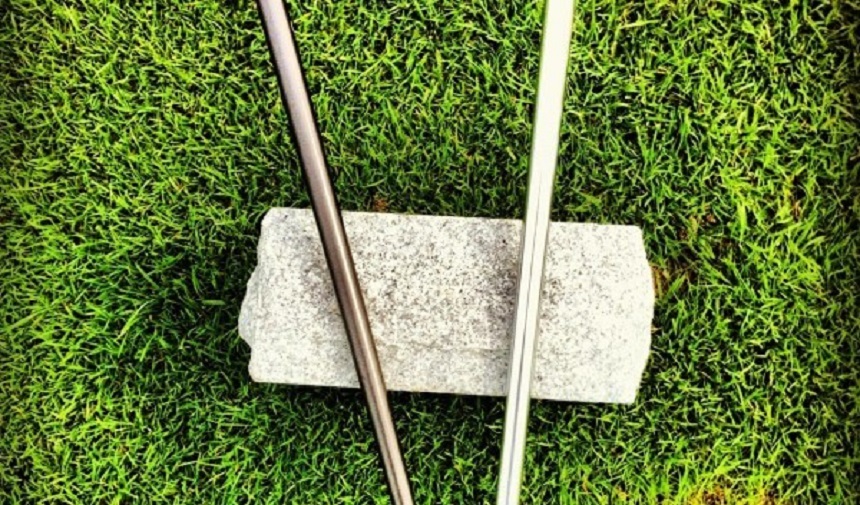
The majority of shafts within golf club drivers in the last hundred years are graphite. All of the clubs we presented in our guide are graphite, in part because they are light, very common in drivers, and are generally cheaper. The other option not mentioned within our buying guide is titanium. Titanium is a bit heavier and used more often by professionals and serious amateurs. Why? They aren’t as flexible, and they offer more assistance with aim than distance. Titanium shafts are stiffer than graphite – and are less forgiving. They are also more durable, though few will complain about graphite durability.
While the focus of our guide is about drivers, the angle of your putter is also important. The putter lie angle determines how the shaft intersects where the putting head. A typical putter lie angle is 70 degrees, and this determines whether your put rolls left, straight, or right, along with your swing.
Putter lie angles are almost standard, but your swing can impact what angle you want. Trying different putters and seeing how the ball rolls – whether left or right, will help you decide what angle to get. Another option is to get multiple putters’ lie angles depending on the angle and speed of the green.
COOLO, Momentous, and Bullet offered some of the longest shaft lengths on drivers we tested. What is the purpose of a long driver? The ability to sustain a higher swing speed, and in some cases, your arm length.
Putting this simply, the length of the shaft helps determine how fast and far the ball can go. The other factors here are that a shorter person shouldn’t opt for a longer shaft length just to drive the ball faster – there’s only so much the shaft can do. Length also decreases accuracy amongst shorter golfers.
Having the right, disciplined swing and the right length of the shaft for your body is more important than going long.
Weight impacts your ability to swing the club quickly, though you don’t need to swing your golf driver as fast as humanly possible. Just like length, the weight determines your ability to either swing the club the right way for your body and, in many ways, how quickly you develop the muscles needed to drive the ball further. The COOLO training club helps with this, though for a new golfer, any club on this list, when used enough, can strengthen your arms.
In this area, all the clubs we presented have graphite shafts, which are ideal for non-professional golfers. They offer lower weight amounts and more flexibility. Note that weight is generally not a significant factor when your clubs are in your golf bag – in case you had that thought! Worry more about the weight of the club when you are swinging than when the club is idle.
Our overall best picks include the Mazel for its lightweight design, low price, and ability to drive for a good distance. PGX will help new golfers get into the game at a low price with a relatively easy-to-learn offset factor. The GX-7 will be popular amongst golfers who desire the best accuracy and are trying to drive down the number of times they end up just short or wide of where they wanted to be on the fairway.
Overall, most of our top picks have the best balance of price, comfort, durability – all with a low learning curve. We know that golfers who are starting and beginning to become more discerning about clubs will be more conscious about how much they are spending while also considering how well their clubs fit their swing. With that, we hope our recommendations lead you to the best driver under $200 of your dreams.
